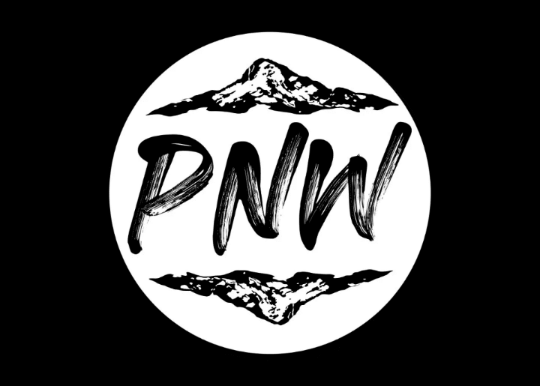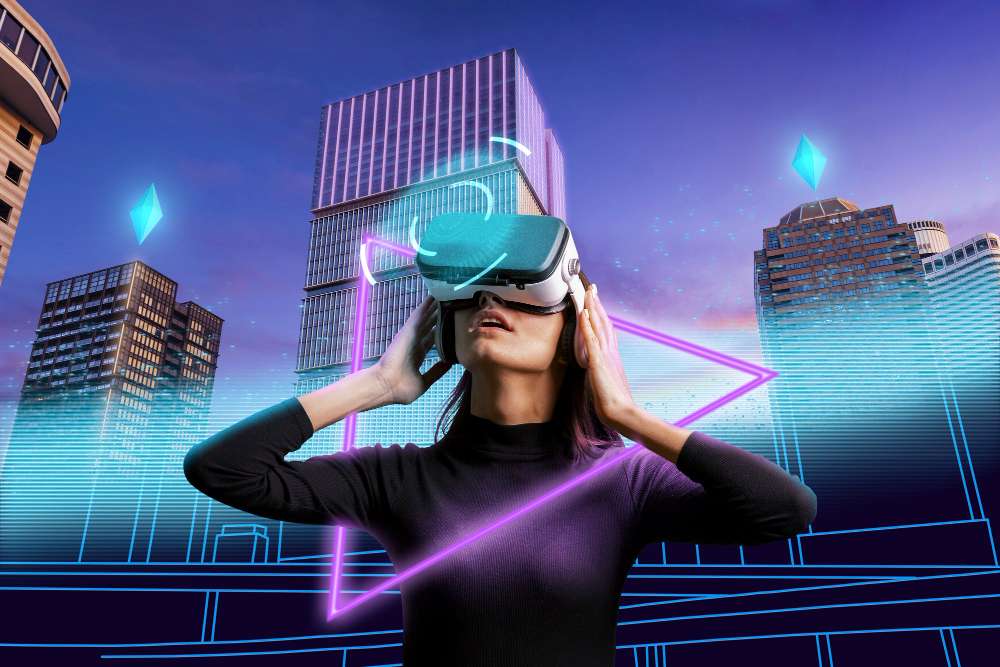In an era of technological leaps, the construction industry embraces innovation like never before. Virtual Reality (VR) has emerged as a transformative tool in this landscape, revolutionizing conventional processes and ushering them into the digital age. This blog delves into the profound impact of VR on construction, highlighting its multifaceted benefits and potential future directions.
Envisioning the Unbuilt
Visualization has always been a challenge in construction, where blueprints often confound those who need to be better versed in technical jargon. VR bridges this gap by creating immersive 3D models of proposed projects. Architects, engineers, and clients can virtually navigate these spaces, offering a tangible understanding of design nuances. This eases communication and enables early detection of design flaws, averting costly rectifications during construction.
Efficiency in Design and Planning
Traditional design processes entail multiple iterations and collaborative challenges. VR streamlines this by allowing real-time modifications to virtual models. This facilitates interdisciplinary collaboration as professionals can collectively interact with the virtual model, minimizing misunderstandings and discrepancies. This synchronization expedites projects, enhancing accuracy and coordination.
Stakeholder Engagement Elevated
Stakeholder involvement is pivotal for project success. VR enhances this engagement by enabling stakeholders to virtually explore construction sites at various stages. This immersive experience fosters a more profound connection, allowing the stakeholders to comprehend project statuses and provide valuable insights. This translates to a deeper sense of ownership and informed decision-making for investors.
Safety Training and Risk Mitigation
Safety in construction is paramount, with VR emerging as a potent tool for training and mitigation. Virtual safety simulations expose workers to hazardous scenarios without real risk, fostering a better understanding of safety protocols. Additionally, VR aids in identifying potential hazards during site inspections, enabling a safer working environment.
Cost and Adoption Challenges
Admittedly, the integration of VR poses challenges. Initial costs for hardware, software, and training can be a deterrent. Overcoming this hurdle requires a long-term perspective on the technology's benefits. Moreover, ensuring universal adoption across all stakeholders, regardless of tech-savviness, demands user-friendly interfaces and comprehensive training.
Unveiling Future Possibilities
The integration of VR into construction is poised for exponential growth. Advancements in technology promise even more immersive experiences, enabling real-time collaboration in shared virtual spaces. The convergence of VR with the Internet of Things (IoT) could provide accurate real-time insights through data from on-site sensors.
Environmental Impact Assessment
VR can play a pivotal role in environmental impact assessment. By creating virtual mock-ups of construction projects in their intended environment, stakeholders can visualize the potential ecological consequences. This proactive approach empowers decision-makers to explore alternative designs or construction methods that minimize environmental harm.
Streamlining Project Management
Project management in construction is intricate, involving multiple tasks, timelines, and stakeholders. VR can simplify this by creating a unified platform where project managers, contractors, and architects can collectively review plans, assess progress, and identify potential bottlenecks. This real-time collaboration minimizes delays and streamlines decision-making.
Designing for Accessibility
Incorporating accessibility features into architectural designs is a complex endeavor. VR can facilitate this by simulating how differently-abled individuals would navigate spaces. Designers can make informed decisions from the virtual planning stage to ensure inclusivity, such as installing ramps, elevators, or wider doorways.
Empowering Client Decision-making
Clients often need help grasping intricate technical details from traditional blueprints. VR empowers them by allowing them to experience the space firsthand. This immersive encounter improves decision-making and facilitates immediate feedback and changes, minimizing misunderstandings later in the project.
Virtual Reality's transformative impact on the construction industry is undeniable. From visualizing complex designs to streamlining collaboration and enhancing safety, VR propels construction into the future. While initial costs and adoption hurdles exist, the long-term benefits outweigh these challenges. As technology advances, we can anticipate an even more interconnected construction landscape where virtual and physical realms intertwine seamlessly. It's a journey that architects, engineers, investors, and clients must embrace to shape a world where construction evolves beyond imagination.

